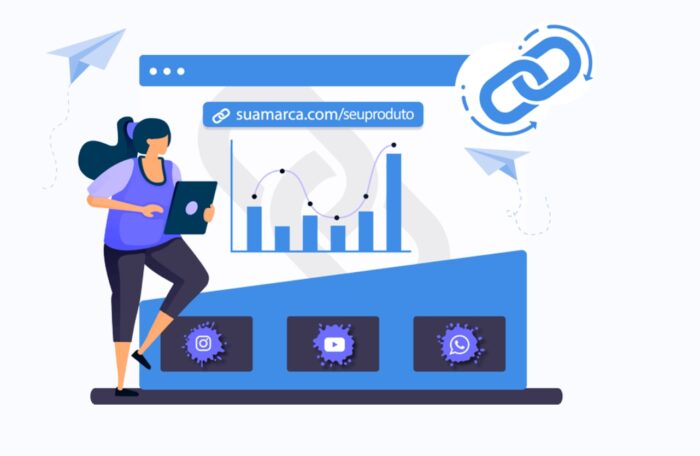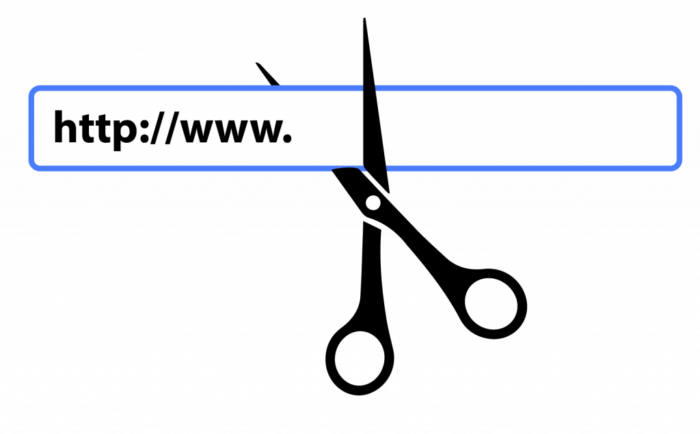
As a marketer or business owner, you know the importance of getting people to click on your links. Whether you’re promoting a product, service, or piece of content, the more clicks you get, the more successful your marketing efforts will be. And that’s where URL shorteners come in.
By creating shortened, more concise links, URL shorteners make it easier to share your content and improve your click-through rates.
1. Choose a reputable service

When it comes to choosing a URL shortening service, you want to make sure you’re using a reputable and trustworthy provider. There are a lot of URL-shortening services such as curtlink.com out there, but not all of them are created equal. Some may not be reliable or secure, while others may engage in shady practices like selling user data or spamming.
Here are a few things to look for when choosing a service:
- Reputation: Look for a service that has a good reputation and positive reviews from other users.
- Security: Make sure the service uses HTTPS encryption to protect your links and data.
- Analytics: Look for a service that provides detailed analytics and tracking data for your links.
- Customization: If branding is important to you, look for a service that allows you to customize the domain name of your shortened links.
2. Use descriptive, yet concise URLs
Effective link shortening requires finding the right balance between descriptiveness and conciseness. Your links should be descriptive enough to give people an idea of what they’re clicking on, but also short enough to be easily shareable. To achieve this, consider the following tips:
- Use relevant keywords in your URL to help people understand what your content is about.
- Use specific words or phrases that accurately describe your content.
- Avoid unnecessary words or filler words that don’t add value to your URL.
- Aim for a URL that is no longer than 50-60 characters to keep it short and memorable.
3. Keep your branding consistent

If you’re using URL shorteners as part of your marketing strategy, it’s important to keep your branding consistent across all platforms. This means using the same domain name or URL shortening service for all your links.
Consistent branding can help reinforce your brand identity and make it easier for people to recognize your content. It also helps prevent confusion and ensures that your links are easy to remember and share.
For example, if you’re using bit.ly to shorten your links, use the same domain name for all your links (e.g., bit.ly/your-brand-name) rather than switching between different URL shortening services.
4. Optimize your URLs for social media
Optimizing your URL shorteners for social media marketing involves some tips to help your links stand out:
First, include a call-to-action (CTA) in your URL that encourages users to click. CTAs such as “click here for more information” or “learn more” can be effective.
Using emojis can add personality and help your links stand out in social media feeds. Just ensure that you use them strategically and sparingly.
Including relevant hashtags in your URLs can increase visibility by making it easier for people to discover your content while searching for that topic.
Finally, make sure to preview your links using social media platforms’ link preview tools to check to format and ensure they look good before posting. By following these tips, you can improve your click-through rates and drive traffic to your content.
5. Track and analyze your click-through rates

One of the biggest benefits of using URL shorteners is the ability to track and analyze your click-through rates. By using an analytics tool, you can see how many clicks your links are getting, where those clicks are coming from, and other valuable data.
This information can help you optimize your marketing efforts and improve your click-through rates. For example, if you notice that certain types of content or platforms are driving more clicks than others, you can adjust your strategy accordingly.
Many shortening services offer built-in analytics tools, but you can also use external tools like Google Analytics to track your links.
6. Beware of potential downsides and risks
One risk is that URL shorteners can be used to hide malicious links or spam. Hackers and scammers sometimes use shorteners to disguise harmful links or scams. To protect yourself and your audience, it’s important to only use reputable shortening services and to avoid clicking on links from unknown sources.
Another downside of URL shorteners is that they can sometimes break or become outdated. If a shortening service goes out of business or changes its policies, your links may stop working. To avoid this, it’s a good idea to periodically check your links and update them if necessary.
7. Use URL shorteners strategically in your marketing campaigns

URL shorteners can be a powerful tool for improving your click-through rates, but it’s important to use them strategically as part of a larger marketing campaign. Don’t rely solely on shorteners to drive traffic to your website or promote your content. Instead, use them as part of a larger strategy that includes other tactics like email marketing, social media advertising, and search engine optimization.
For example, you might use URL shorteners to track clicks on a specific social media post or email campaign but also use other tactics to drive traffic and conversions.
8. Don’t overdo it
While URL shorteners can be a valuable tool, it’s important not to overdo it. Using too many shortened links can make your content look spammy or unprofessional, and can also make it harder for people to remember or share your links.
Instead, use shorteners selectively and strategically. Choose the most important links to shorten, and use descriptive, memorable URLs for the rest.
9. Keep an eye on trends and changes in the URL-shortening landscape

As new technologies and platforms emerge, the way we use URL shorteners may change.
For example, some social media platforms now offer built-in link-shortening tools, which can make it easier to share links without having to use an external service. Additionally, some URL-shortening services are beginning to incorporate blockchain technology to create more secure and transparent links.
By staying up-to-date on these trends and changes, you can continue to use shorteners effectively and stay ahead of the competition.
Conclusion
In conclusion, URL shorteners are an incredibly useful tool for improving your click-through rates. By making it easier for your customers to find and access the content they’re looking for, you can increase engagement with your brand and optimize the long-term success of your campaigns. From creating custom branded links to tracking analytics data in real-time, there’s no limit to what you can do with a good URL shortener. Start using them today and watch as your CTR soars!











